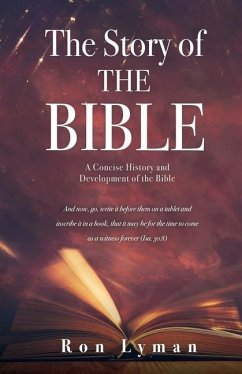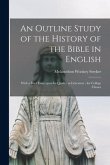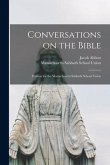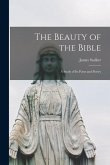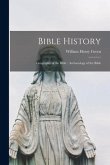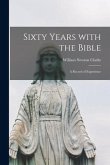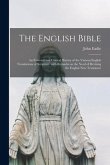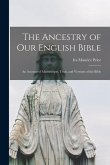How did the Bible come to represent the Word of God to mankind? Which Bible best represents the Word of God? There appears to still be a great deal of confusion about why one letter that Paul wrote to the churches in 60 AD, for example, resulted in multiple different translations of that letter in today's Bibles. Based on these questions, the author recognized the need for linking the historical aspects of the Hebrew and Greek manuscripts, in a concise manner, directly to the development of the English Bible and then to the varieties of Bible translations and Bible formats available to today's readers - be they new Christians, mature Christians or those teaching Bible study. This book will address these questions in layman's terminology as well as offer recommendations and discuss options for choosing a Bible based on how the reader is going to use it. Ron Lyman currently lives in Fairless Hills, Pennsylvania. Ron has taught Sunday school classes for children, youth and adults and served as a leader for church Sunday school programs as well as being a Bible study leader for 40 years. Ron recognized the need for linking the historical aspects of the Hebrew and Greek manuscripts to the development of today's English Bible while operating a Christian book store. There appeared to still be confusion about why the same Biblical manuscript was translated differently across the Bibles available today. Ron took almost two years to develop a slide presentation that he has given to 30+ churches and Bible study groups of different church denominations to explain the variety of Bibles available today. The discussions that were a part of each presentation are the background for the material in this book.
Hinweis: Dieser Artikel kann nur an eine deutsche Lieferadresse ausgeliefert werden.
Hinweis: Dieser Artikel kann nur an eine deutsche Lieferadresse ausgeliefert werden.

